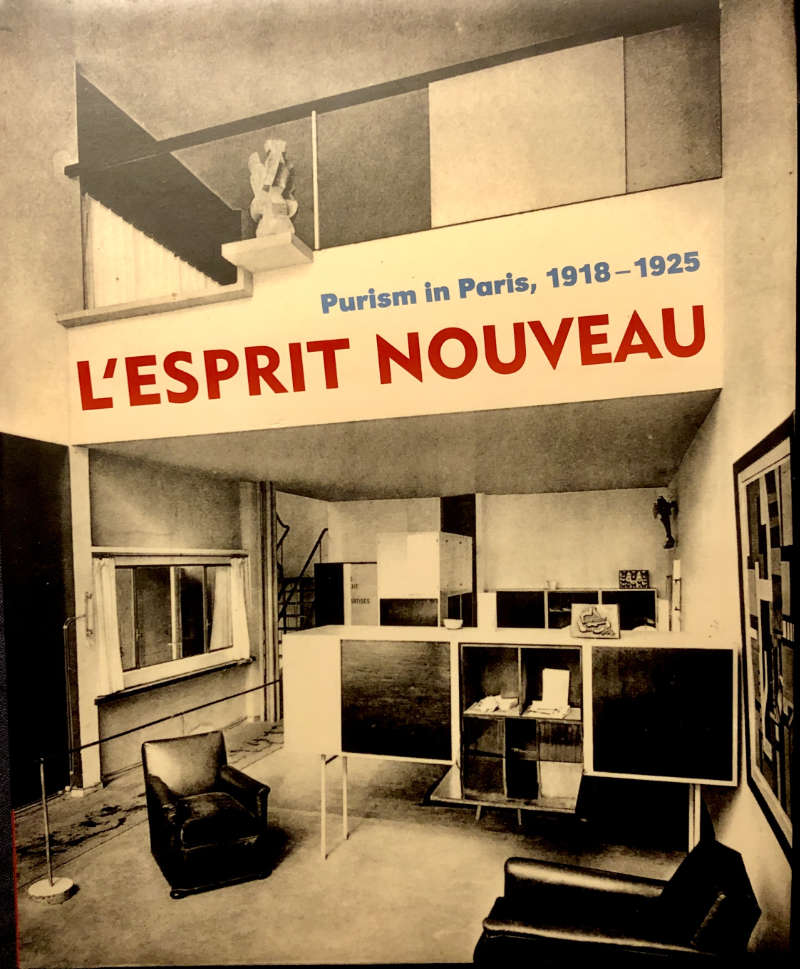Beskrivning
L’ESPRIT NOUVEAU: Purism in Paris, 1918-1925
The Purist movement in art, founded by Charles- Edouard Jeanneret (better known as Le Corbusier) and Amédée Ozenfant, championed a traditional classicism with a formal focus on clean geometries while it simultaneously embraced new technologies and materials. Realized equally in painting and in architecture, Purism also incorporated interior and industrial design and urban planning. The periodical L’Esprit Nouveau, founded by Ozenfant and Jeanneret in 1920, served as the mouthpiece for the Purist movement; the diverse subject matter addressed in the magazine reflected the wide-ranging interests of the Purists. Published to accompany a major exhibition at the Los Angeles County Museum of Art, L’Esprit Nouveau: Purism in Paris, 1918-1925 is the first major study of Purism in almost fifteen years and a key contribution to the study of classic twentieth- century modernism in painting and architecture. This revealing volume examines over seventy-five paintings by Jeanneret, Ozenfant, and their closest colleague, Fernand Léger. Also included is the full text of Le Corbusier’s and Ozenfant’s 1918 manifesto, Après le cubisme, translated for the first time into English. At the heart of L’Esprit Nouveau: Purism in Paris, 1918-1925 lies a single work: Le Corbusier’s striking Pavillon de l’Esprit Nouveau, designed for the 1925 International Exposition of Decorative Arts in Paris, at which the term Art Deco was coined. The architecture of Le Corbusier’s pavilion, along with its interior decoration-paintings, sculpture, furniture, glassware, rugs, and other objects-offers a complete summation of Purist aesthetics. 122 illustrations, 77 in full color




